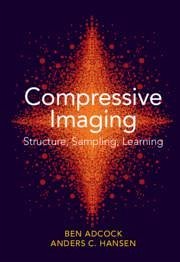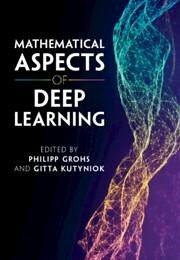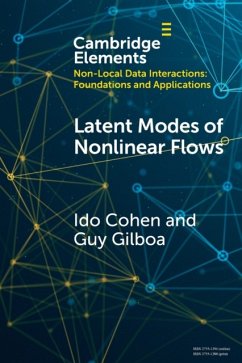
Compressive Imaging: Structure, Sampling, Learning

PAYBACK Punkte
47 °P sammeln!
This book provides a practical introduction to compressive imaging (with examples and code), an overview of core topics, and a comprehensive, rigorous treatment of the subject. It caters to graduate students, postdocs and faculty in mathematics, computer science, physics and engineering who want to learn about modern imaging techniques.













